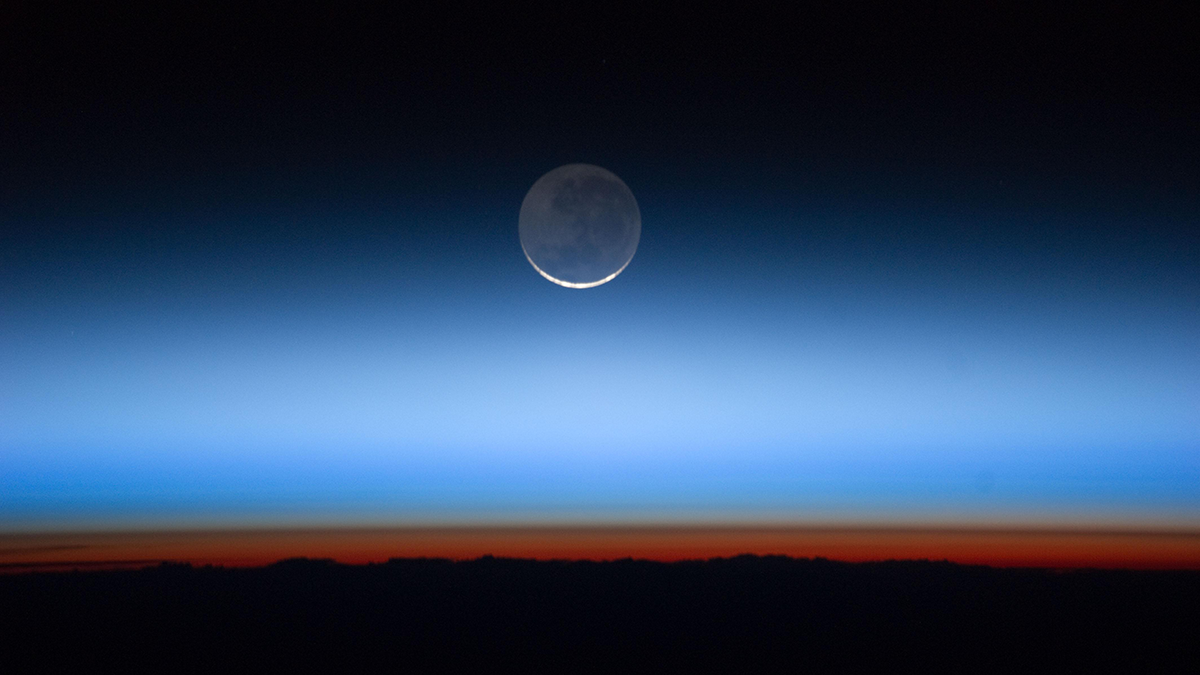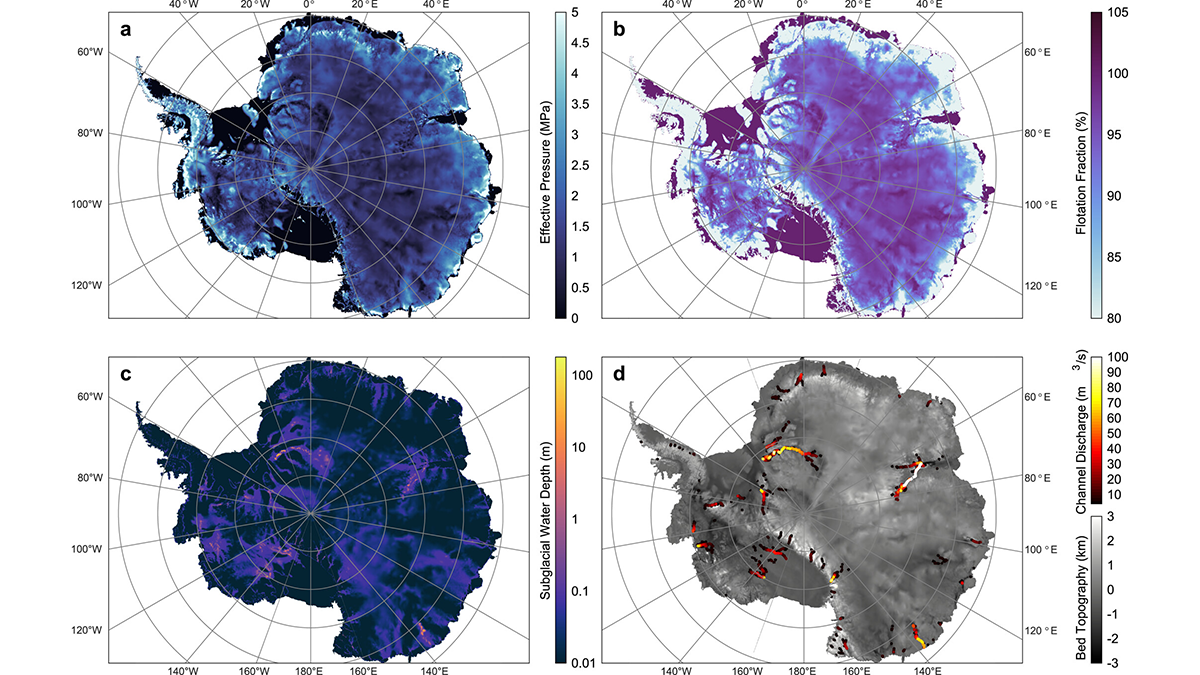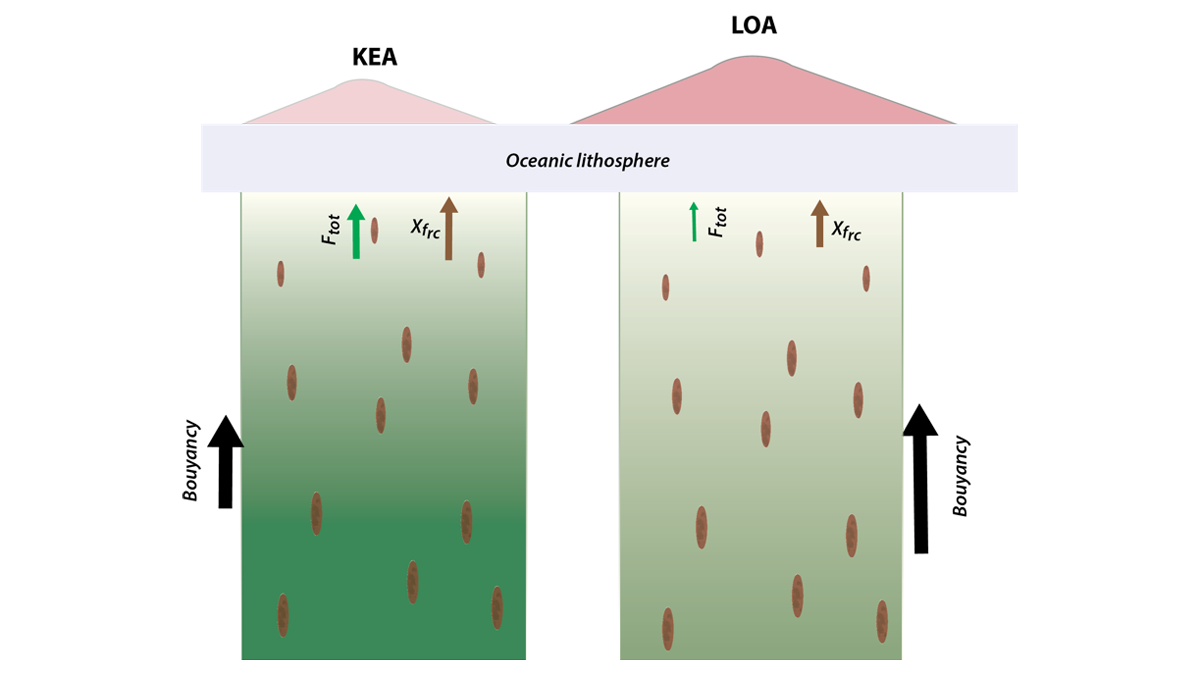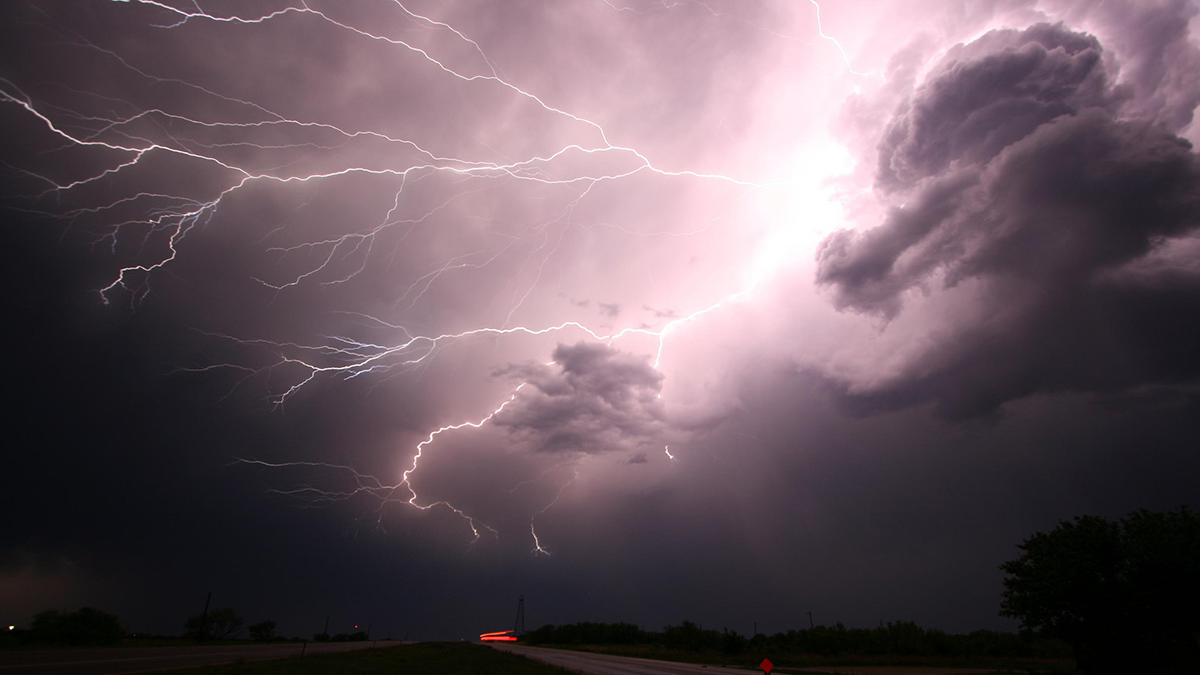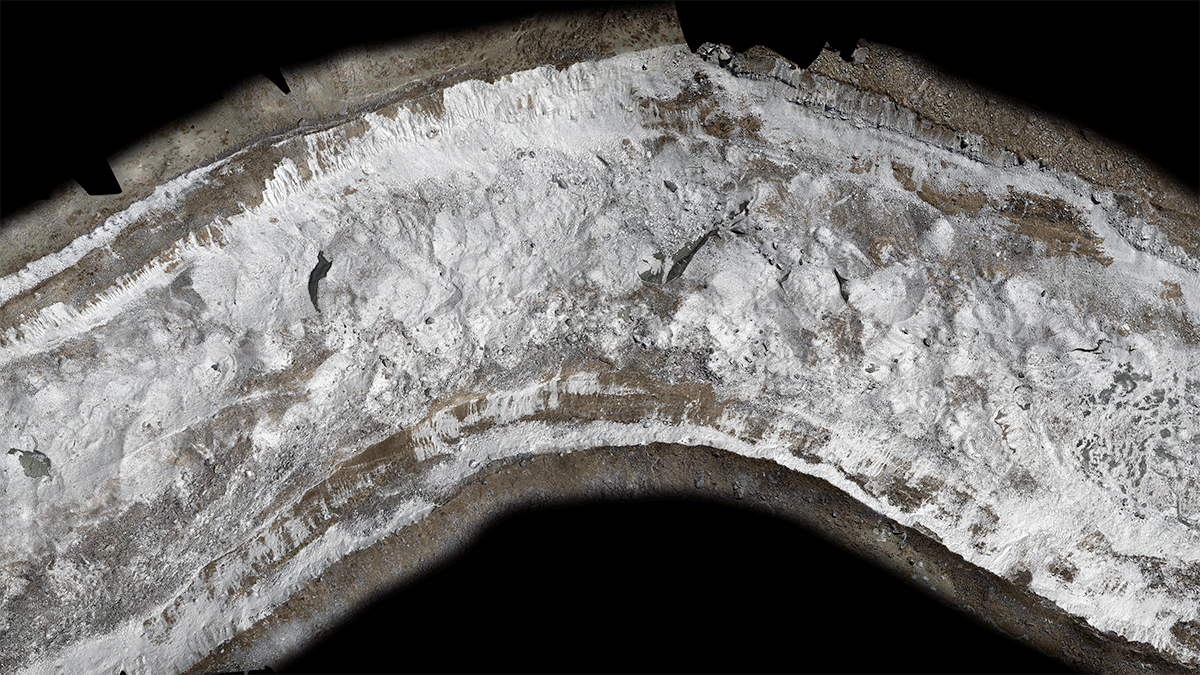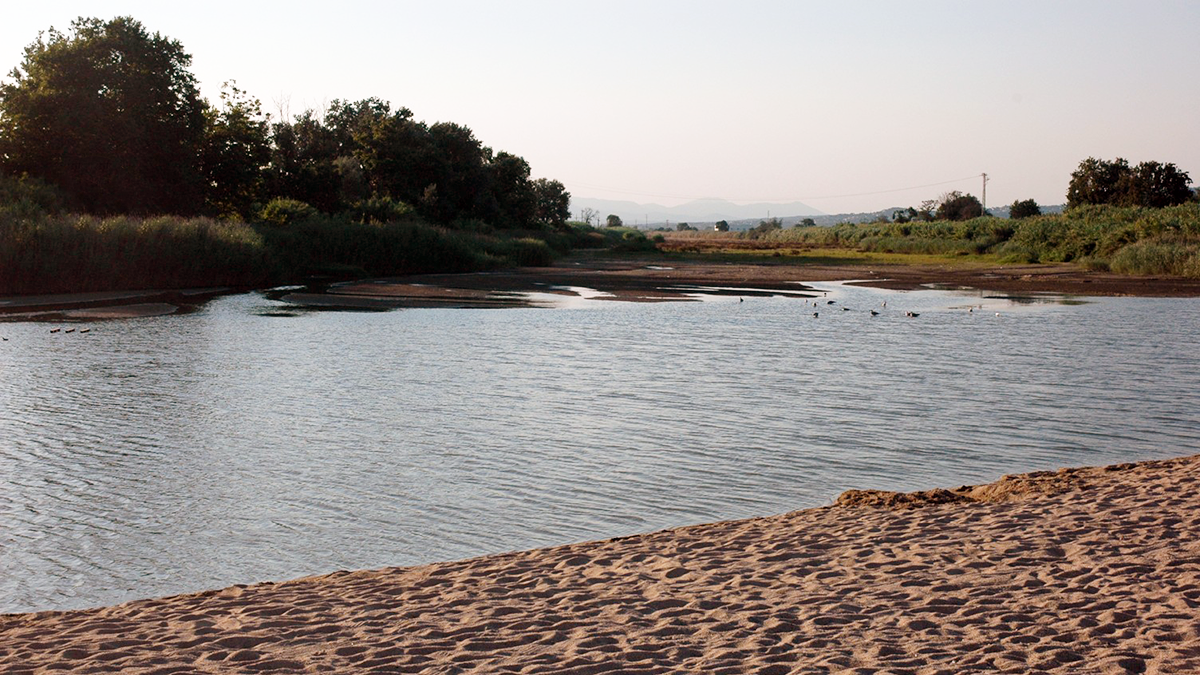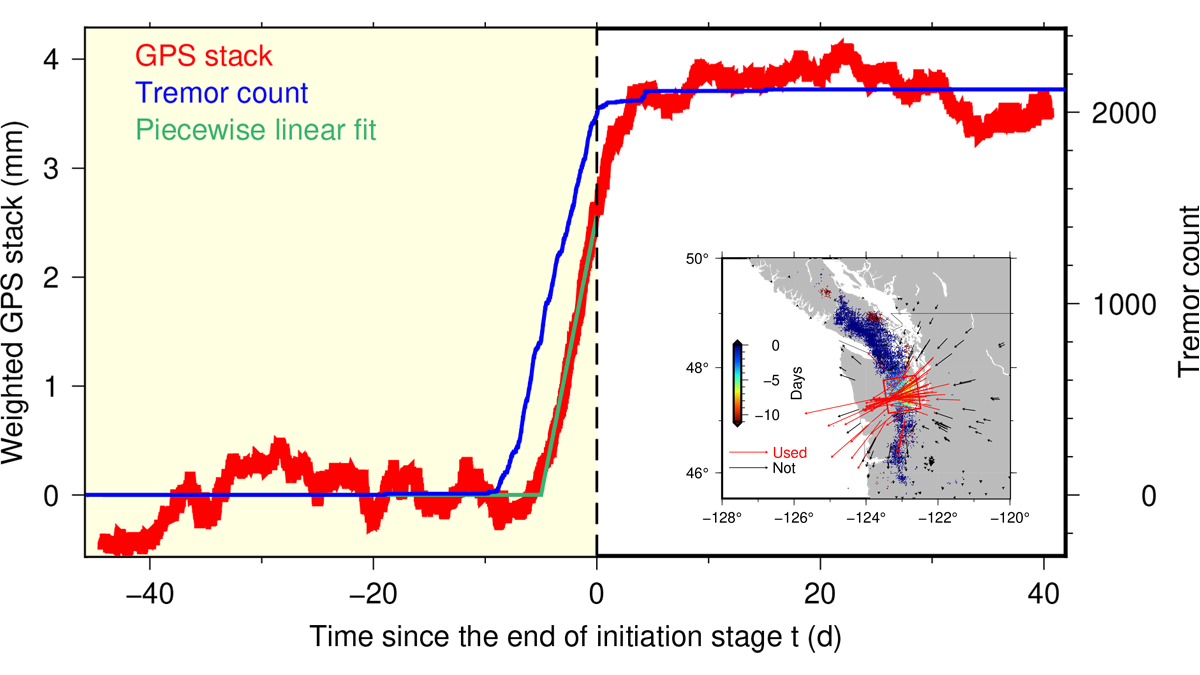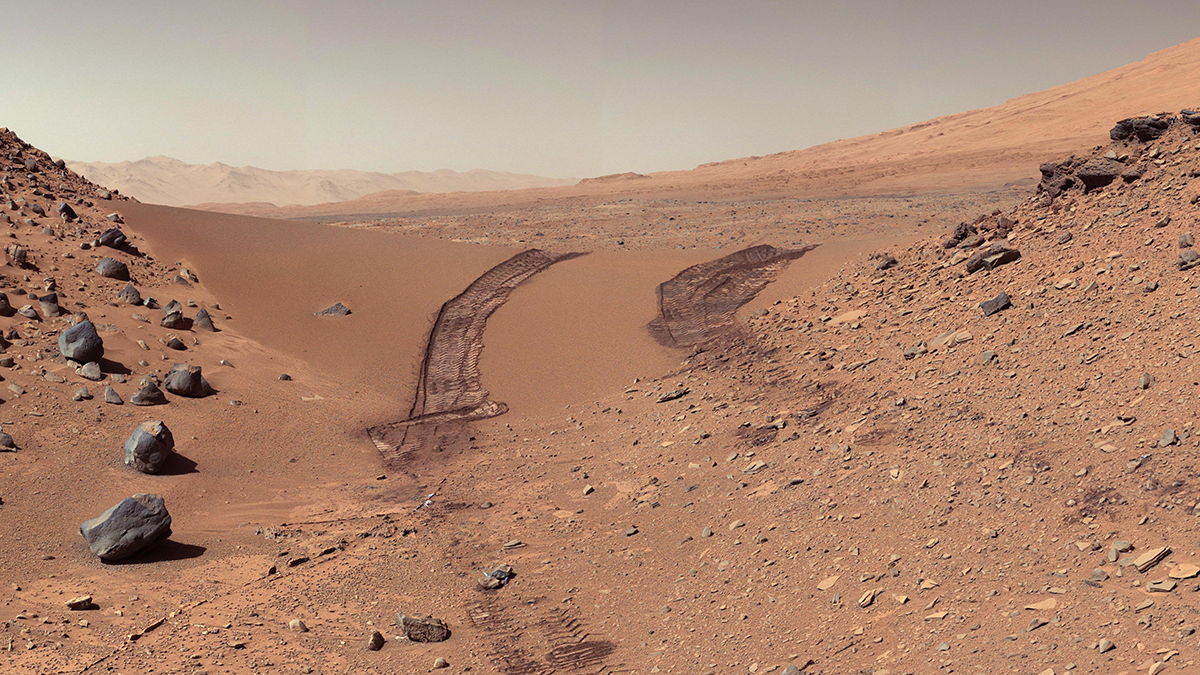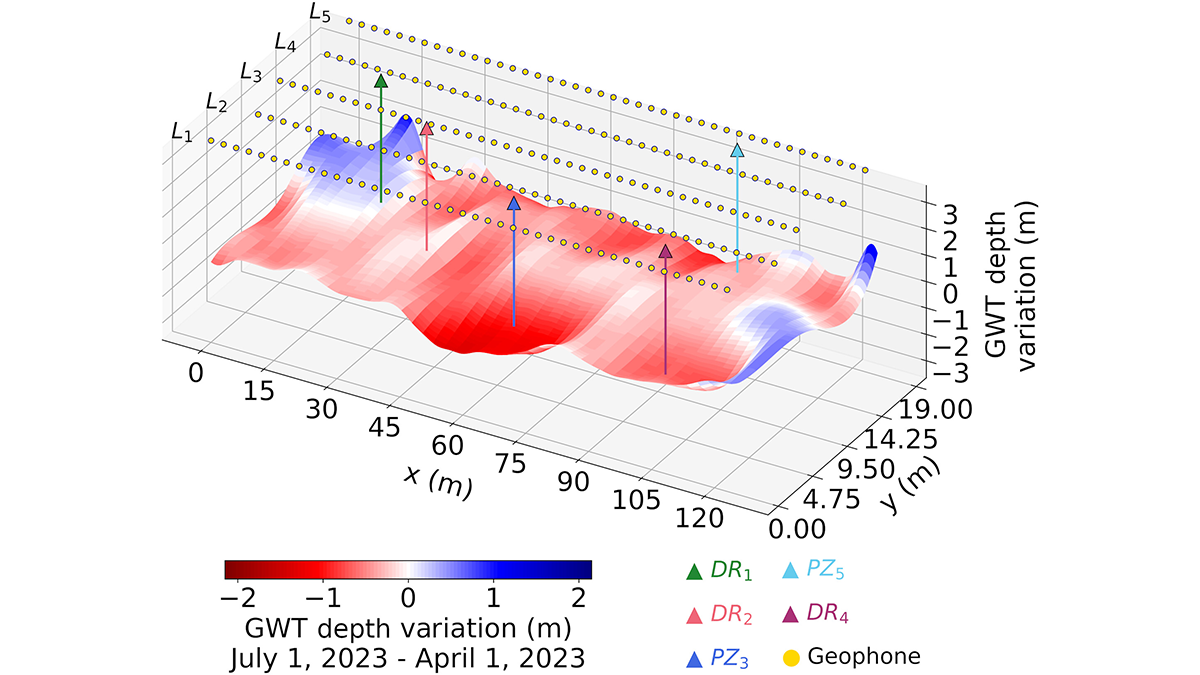A new commentary calls for a better understanding of the impacts of climate change and anthropogenic emissions on long-term trends of the middle and upper atmosphere through enhanced observations and monitoring capabilities.
Editors’ Highlights
Peatland Plantations in Southeast Asia are Carbon Hotspots
A new study reports a rare set of data on greenhouse gas production and transport for a tropical peatland plantation showing exceptionally high concentrations of dissolved organic carbon.
Subglacial Hydrology Under the Antarctic Ice Sheet
Using simulations of subglacial hydrology, a new study shows the volume and movement of meltwater underneath the Antarctic Ice Sheet.
Hawai’i’s Depleted Peridotite Delivers More Magma
The source for the isotopically-enriched Hawaiian magmas contains peridotites that experienced near-surface melting prior incorporation in the plume.
Rapid Thunderstorm Charging Produces Strong Gamma‐Ray Glows
A new study explains how thunderstorm electric fields produce strong gamma‐ray glows with oscillating gamma‐ray rates, and that these oscillations develop into intense pulse trains that closely resemble terrestrial gamma-ray flashes.
The Complex Evolution of Debris-Covered Glacier Surfaces
A first look at how the surfaces of debris-covered glaciers evolve over time from six years of drone surveys in the Nepal Himalaya.
Carbon-Nutrient Ratios Drive Nitrate Removal in Mediterranean Streams
The type of organic matter, and ratio of nutrients to carbon, impact the ability of heterotrophic bacteria to effectively remove certain forms of nitrogen pollution (nitrate) from streams.
How (Slow) Earthquakes Get Going
Non-volcanic tremor ramp up precedes slow slip in Cascadia by about a day, indicating that brittle-creeping process interactions control nucleation.
Explaining Mars’ Mysteriously Magnetic Crust
Fluid-rock interactions on ancient Mars may have produced abundant magnetic minerals that preserved unusually intense records of the planet’s now-extinct magnetic field.
Listening to Groundwater Dynamics
Deep learning from shallow passive seismic data reveals groundwater table depth information in space and time.

